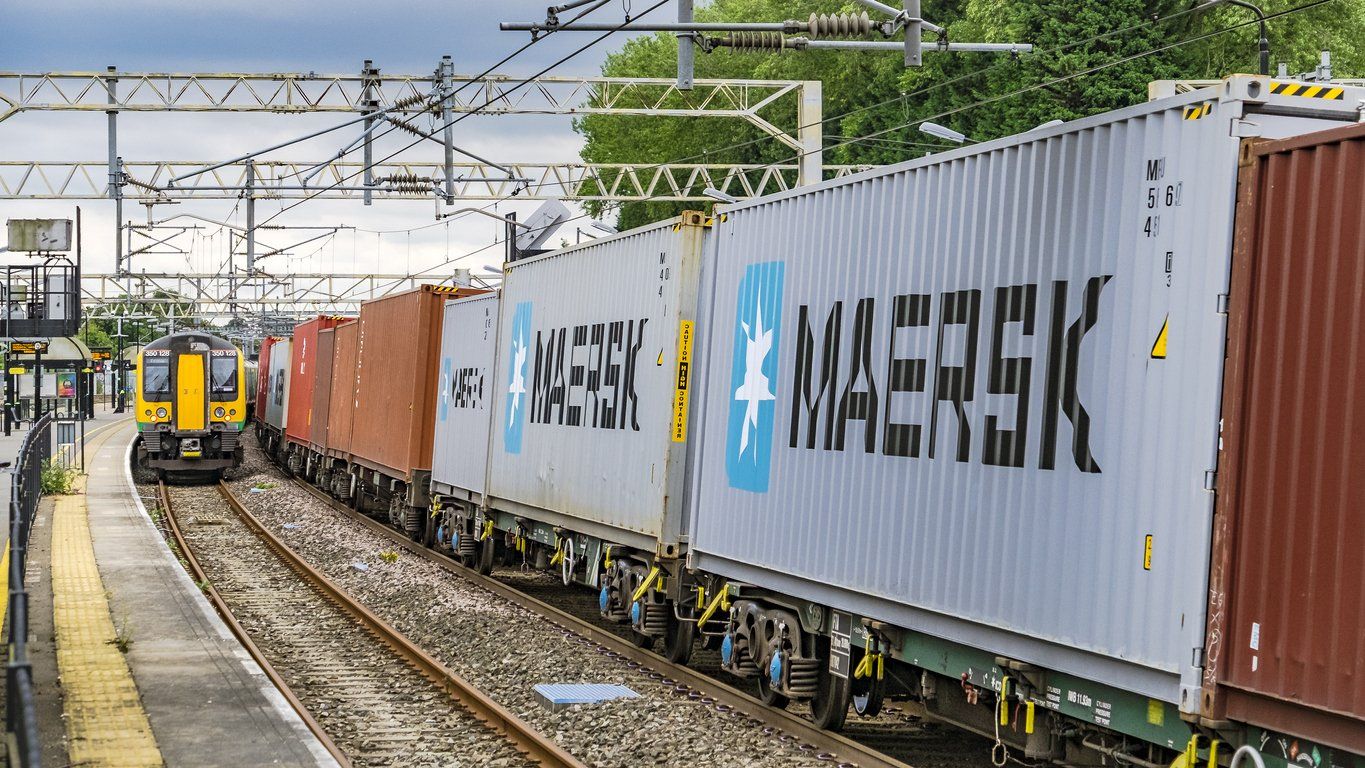Making the Most of Rail Freight
Client: Midlands Connect
Date: 2020
MDST was commissioned by Midlands Connect to consider likely growth rates for rail freight in the Midlands up to 2043/4, including identifying those commodities where growth is expected to be highest, the railway lines where growth in demand for freight paths can be expected and assessing the key barriers likely to constrain or impact on future rail freight growth in the Midlands.
The Question
- What are the unconstrained growth rates for rail freight in the Midlands to 2043/4, and which railway lines can be expected to accommodate that growth?
- What are the key barriers likely to constrain or impact on future rail freight growth in the Midlands?
- Once future DfT/Midlands Connect passenger service aspirations are accounted for, which junctions on the network are likely to constrain/supress rail freight growth up to 2043/4?
- How will the supressed/constrained forecasts compare with the unconstrained growth rates for rail freight in the Midlands to 2043/4, and what are the wider user and non-user implication of constrained growth?
- Considering decarbonisation and electrification, which routes from a freight perspective should be prioritised in order to deliver the largest benefits early on?
- Would a number of proposed infrastructure interventions benefit growth by allowing freight trains to be re-routed away from capacity constrained junctions on the network?
The Solution
- Plotted on maps current freight demand by route in the Midlands Connect area (average number of trains per weekday, sum of both directions), differentiated by commodity groupings;
- Plotted on maps forecast future freight demand on the same basis, derived from the demand forecasts for 2043/4 produced for Network Rail using the GB Freight Model;
- Examined the key barriers likely to constrain future rail freight growth in the Midlands in addition to network capacity limitations;
- Used a junction capacity model (developed by MDST) to identify which junctions in the Midlands are likely to be capacity constrained once both DfT/Midlands Connect passenger service aspirations and forecast freight demand are accounted for;
- Supressed future freight demand at the capacity restricted junctions and quantified the impact of the demand suppression in terms of reduced train numbers, and both user and non-user costs;
- Quantified the number of freight trains currently hauled by diesel traction and the distance travelled and suggesting a ‘priority list’ of routes which could be electrified first in order to generate the maximum benefits from a switch to electric traction (in terms of GHG emissions savings);
- Tested a number of proposed infrastructure interventions that could potentially allow future freight trains to be re-routed away from capacity constrained junctions on the network and estimated the benefits of such interventions by quantifying the additional number of freight trains on a daily basis (compared with the capacity constrained scenario) that could consequently operate, alongside the user and non-user benefits.
Outcome
Reports for Midlands Connect to assist with policy & business case development.

